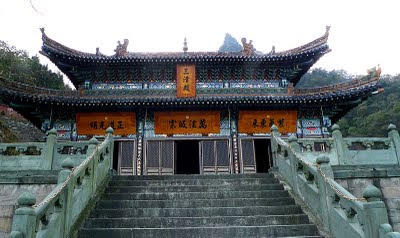The first widespread observation of Decoration Day was in 1868 to honor the fallen soldiers in the American Civil War. Today, the United States Code declares that
(a) Designation.— The last Monday in May is Memorial Day.
(b) Proclamation.— The President is requested to issue each year a proclamation—
Typically the President or Vice-President will fulfill this request by laying a wreath and making a short speech at the Tomb of the Unknowns in Arlington National Cemetery (pictured below).(1) calling on the people of the United States to observe Memorial Day by praying, according to their individual religious faith, for permanent peace;
 |
| All images not otherwise credited provided by stock.xchng |
Lincoln provides a fantastic introduction to monument design -- his tomb, designed by Larkin Goldsmith Mead, incorporates possibly the oldest of monumental forms by its use of an obelisk, while architect Henry Bacon's more widely known Lincoln Memorial on the Washington, D.C. Mall takes its form from Doric temple design. Inside, Lincoln sits with an imperial solemnity, gazing back towards the Washington Monument (another obelisk) and the Capital. It's impressive that the exterior structure and the interior sculpture can both be so iconic.
Nearby is the (Ulysses S.) Grant Memorial (cavalry group pictured), which takes an entirely different tone than the previously shown monuments, despite that it reflects on the same period of American history. As is the case with several other monuments on the National Mall, the Grant Memorial is oriented in a very specific direction; then GGrant faces his then-president Lincoln while Grant was a general in the Union army.
After World War I, Memorial Day became a more generalized holiday to remember all those who died in military conflicts for the United States. Just for comparison, consider the sculpture and Doric columns of the Brandenburg Gate...
 |
| Image Credit: Flickr user Resident on Earth |
 |
| Image Credit: Flickr user cliff1066 |
Image Credit: Flickr user Olivier Bruchez |
 |
| Image Credit: Flickr user Bernt Rostad |
The Hiroshima Memorial Cenotaph rejects the Roman Tradition, sculptures of famous people, and the obelisk in favor of a more experiential piece. The saddle shaped cenotaph, which harbors the names of all the victims of the atomic bomb in Hiroshima, is reminiscent of a shelter. Still, as was mentioned about the Grant Memorial, this piece has a very intentional orientation -- below the sculpture you can clearly see the Hiroshima Peace Memorial, unintentionally designed as a monument by Czech architect Jan Letzel in 1915.
So many similarities between commemorative structures begs the question that despite cultural differences, we all reflect on wartime casualties in similar ways, but remember that there may be another cause at work here. In order to be commissioned to design something of exceptional cultural significance, an architect needs to have already attained a certain level of prestige. Kenzo Tange, who designed the Hiroshima Cenotaph Memorial, professed his influence to be Swiss architect Le Corbusier. Tange would later win the Pritzker Prize.
The only outlier here is the above ruins of a building nearly obliterated by new weaponry. On the other hand, we've left the actual weapons of war on battlefields such as Antietam (below).
These monuments have clearly captured the attention of millions of tourists every year, but are they successful in terms of the original purpose? Have we "unite[d] in prayer for a permanent peace"? Or, by commemorating the dead, have we glorified battle and violence for the disaffected youth whose greatest fear is being forgotten?

































